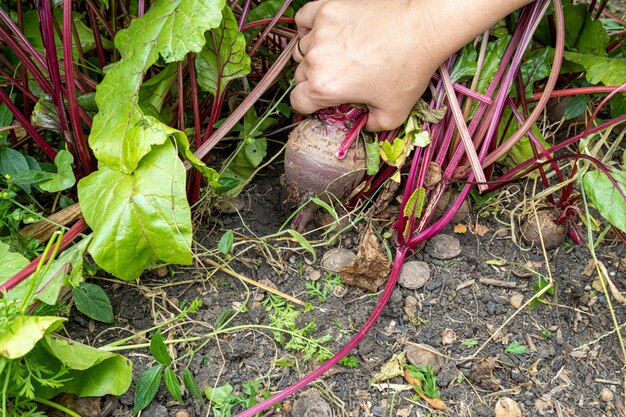Cercospora leaf spot, caused by the fungus Cercospora beticola, is a common disease affecting beet crops worldwide, including in South Africa. Early detection is crucial for effective management and preventing yield losses. Here are ten early signs to watch for:
- Purple-Red Spots on Leaves: Look for small, circular spots with purple-red centers on beet leaves. These spots gradually enlarge and turn grayish-white or tan as the disease progresses.
- Yellow Halos Around Spots: As the spots develop, you may notice yellow halos surrounding them. This halo effect is a distinctive characteristic of Cercospora leaf spot.
- Leaf Margins Turning Yellow: Infected leaves often exhibit yellowing along the margins, which spreads inward as the disease advances. This is a key indicator of ongoing fungal activity.
- Leaf Curling and Wilting: Leaves infected with Cercospora may curl, distort, or appear wilted, even when soil moisture is adequate. This is due to the disruption of normal leaf function caused by the disease.
- Premature Defoliation: Infected leaves may prematurely drop from the plant, leading to defoliation. This can expose beet roots to sunburn and reduce overall plant vigor.
- Reduced Plant Growth: Plants affected by Cercospora leaf spot often show stunted growth and reduced vigor. This is a result of decreased photosynthesis and nutrient uptake due to leaf damage.
- Dark Lesions on Petioles and Stems: In severe cases, dark lesions may appear on petioles (leaf stalks) and stems of beet plants. These lesions can restrict nutrient flow and weaken plant structures.
- Reduced Yield and Quality: Infected plants typically produce smaller beets with lower sugar content and overall reduced yield. Quality may also be affected due to increased susceptibility to secondary infections.
- Favorable Weather Conditions: Cercospora leaf spot thrives in warm, humid environments. Be alert for signs following periods of prolonged leaf wetness or high humidity, which promote disease development.
- Progressive Spread: Monitor for the progressive spread of symptoms within the crop. Early detection allows for timely intervention to manage the disease effectively.
Management Strategies
To manage Cercospora leaf spot effectively, consider the following strategies:
- Crop Rotation: Rotate beet crops with non-host plants to reduce pathogen buildup in soil.
- Resistant Varieties: Plant beet varieties resistant to Cercospora leaf spot when available.
- Fungicide Application: Use fungicides according to label instructions, especially during periods conducive to disease development.
- Sanitation: Remove and destroy infected plant debris to reduce overwintering fungal spores.
- Optimal Irrigation: Avoid overhead irrigation to reduce leaf wetness periods that favor fungal growth.
By recognizing these early signs and implementing appropriate management practices, South African beet farmers can mitigate the impact of Cercospora leaf spot on their crops, ensuring healthier yields and sustainable production.
Join 'Farmers Mag' WhatsApp Channel
Get the latest Farming news and tips delivered straight to your WhatsApp
CLICK HERE TO JOIN






